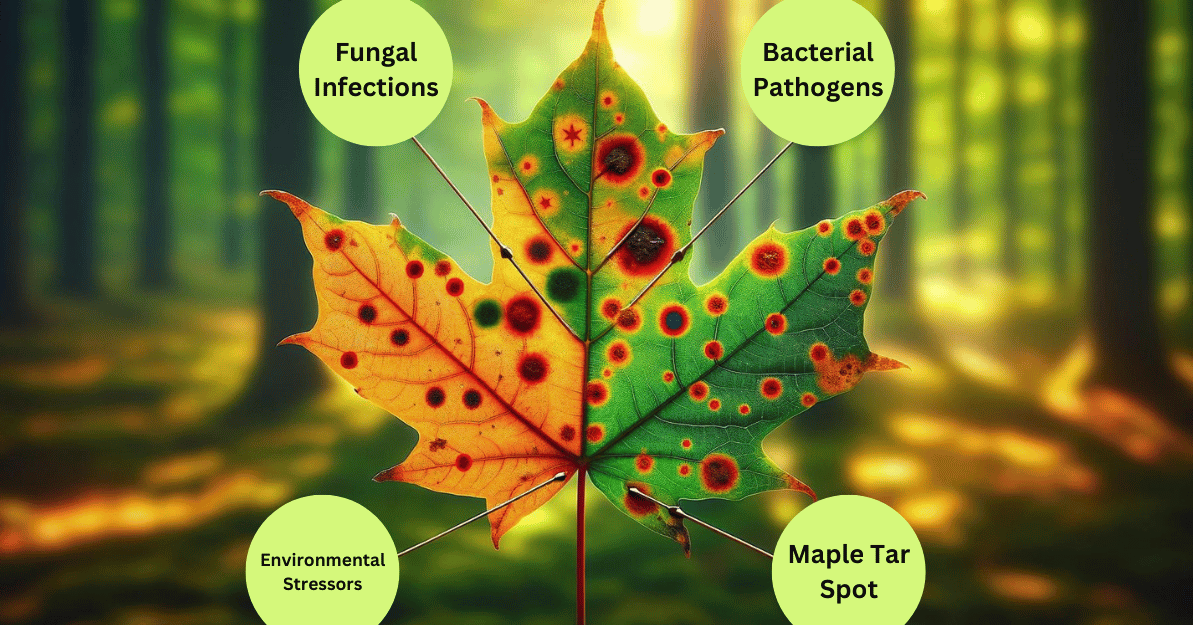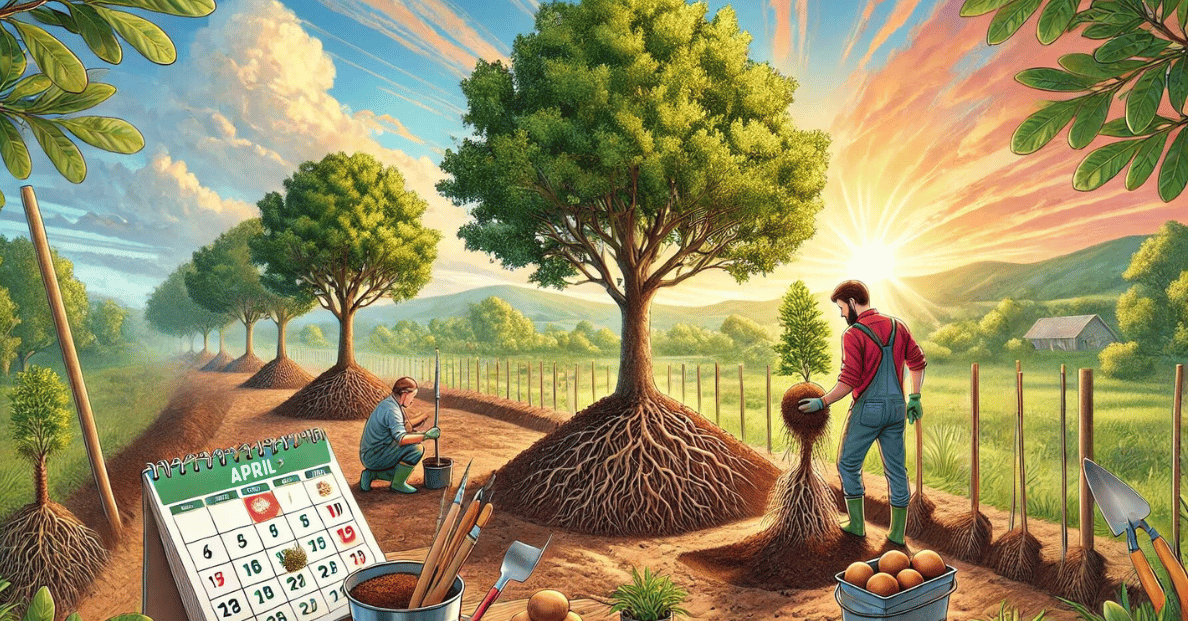Trees, like people, have natural ways of staying healthy. One of these is bark shedding, where trees lose parts of their outer layer. While it might look worrying, it's usually a normal part of their growth. In this article, we'll explain why trees shed bark, especially in the summer, and which types of trees do this. Strobert Tree Services offers free health checks by certified arborists in Delaware, Pennsylvania, and New Jersey if you're worried about your trees.
What Does Bark Shedding Mean?
Bark serves as a tree's protective layer, safeguarding it from environmental stressors such as pests, disease, and harsh weather conditions. As trees grow, their outer layer of bark becomes old and dead, no longer expanding with the tree’s increasing size. To accommodate this growth, trees shed their old bark, much like how human skin sheds dead cells.
Trees naturally shed their bark as part of their growth, and some types of trees do this more often than others. However, if a tree is losing too much bark or doing so unevenly, it could be a sign of problems like disease, pests, or environmental stress. If you're unsure whether your tree's bark shedding is normal or a problem, it's best to ask a certified arborist to check your tree's health.
Why Do Trees Shed Bark in the Summer?
Bark shedding can occur year-round, but it is often more noticeable during the summer months due to the heightened growth activity of trees during this season. Several factors contribute to bark shedding in the summer:
- Increased Growth: During the summer, trees experience rapid growth, particularly in the cambium layer just beneath the bark. This internal expansion causes the outer bark to crack and peel away, revealing new layers underneath.
- Heat and Moisture: Hot summer temperatures can dry out the outer bark, making it more brittle and prone to cracking and shedding. Additionally, trees may shed bark to prevent moisture loss in particularly hot conditions.
- Sun Scald: When trees are exposed to intense sunlight, particularly young trees or trees with thin bark, they may experience sun scald. This damage can cause the bark to die and peel away.
- Natural Defense Mechanism: Bark shedding can also serve as a natural defense mechanism, helping trees get rid of diseased, damaged, or pest-infested bark layers.
If your tree is losing a lot of bark, has deep cracks, oozing sap, or signs of bugs, it could be a problem. Getting professional help to figure out what's going on is a good idea.
What Trees Shed Bark?
Several tree species naturally shed their bark, making this process a regular and expected occurrence. Here are some trees that shed bark, making them stand out with their unique textures and appearances:
Shagbark Hickory
As its name suggests, the shagbark hickory is known for its rough, peeling bark that often gives the tree a shaggy appearance. The large strips of bark curl away from the tree trunk, giving it a distinctive look that sets it apart from other species.
Birch
Birch trees, especially the paper birch, are well-known for their peeling bark. The thin, papery bark sheds in large sections, revealing a smooth surface underneath. River birch (Betula nigra) is another species that frequently sheds bark, which often peels in curly, flaky pieces.
Silver Maple
Silver maples shed their bark in long, thin strips. This shedding is more common in older trees and may be more noticeable during the summer as the tree grows.
Sycamore (Platanus occidentalis)
Sycamore trees are among the most iconic species for bark shedding. As the tree grows, large pieces of bark flake off, revealing a smooth, mottled surface underneath. This creates a striking patchwork of colors on the tree’s trunk.
Paperbark Maple
The paperbark maple is prized for its reddish-brown, exfoliating bark. This tree sheds its outer layers in thin, curling strips, revealing a fresh, coppery surface underneath, which makes it a popular ornamental species.
Redbud
Redbud trees are relatively small, but they also exhibit bark shedding as they grow. While it’s less pronounced than in other species, their bark can still peel away in thin strips during periods of rapid growth.
Scotch Pine
Scotch pine trees shed their bark in irregular patches, revealing orange or reddish layers underneath. The bark shedding process is typically slow, giving the tree a unique texture.
Crape Myrtle
Crape myrtle trees are another ornamental species known for shedding their bark. During the summer, their bark peels away in large sections, leaving behind a smooth, light-colored trunk.
Kousa Dogwood
Kousa dogwood trees have beautiful exfoliating bark that peels away in patches, creating an eye-catching mosaic of colors on the trunk.
Parrotia
Parrotia, or Persian ironwood, is admired for its ornamental value, particularly its bark, which sheds in puzzle-like pieces, revealing shades of green, white, and brown.
Japanese Stewartia
Japanese Stewartia trees are known for their beautiful bark that exfoliates in irregular patches, adding texture and color to the landscape.
Strawberry Tree
The strawberry tree sheds its bark in thin flakes, exposing a reddish-brown trunk. Its unique appearance makes it a popular choice for landscaping.
Lacebark Pine
Lacebark pine is a fascinating species with bark that sheds in irregular, puzzle-like pieces. The exfoliation reveals a variety of colors, including green, brown, and orange.
River Birch
River birch trees shed their bark in layers that range from light pink to reddish-brown. The peeling is most prominent on younger trees and adds a unique texture to their appearance.
Contact Strobert Tree Services for a Free Health Assessment
If you have a tree shedding bark, it’s often a natural and healthy process. However, if you're concerned about excessive bark loss or other signs of distress in your trees, it’s always a good idea to consult a professional. At Strobert Tree Services, our certified arborists provide expert tree care, including free health assessments. We serve clients in Delaware, Pennsylvania, and New Jersey, offering tailored solutions to ensure the long-term health and beauty of your trees.
Contact us today to schedule a consultation and protect your landscape!











